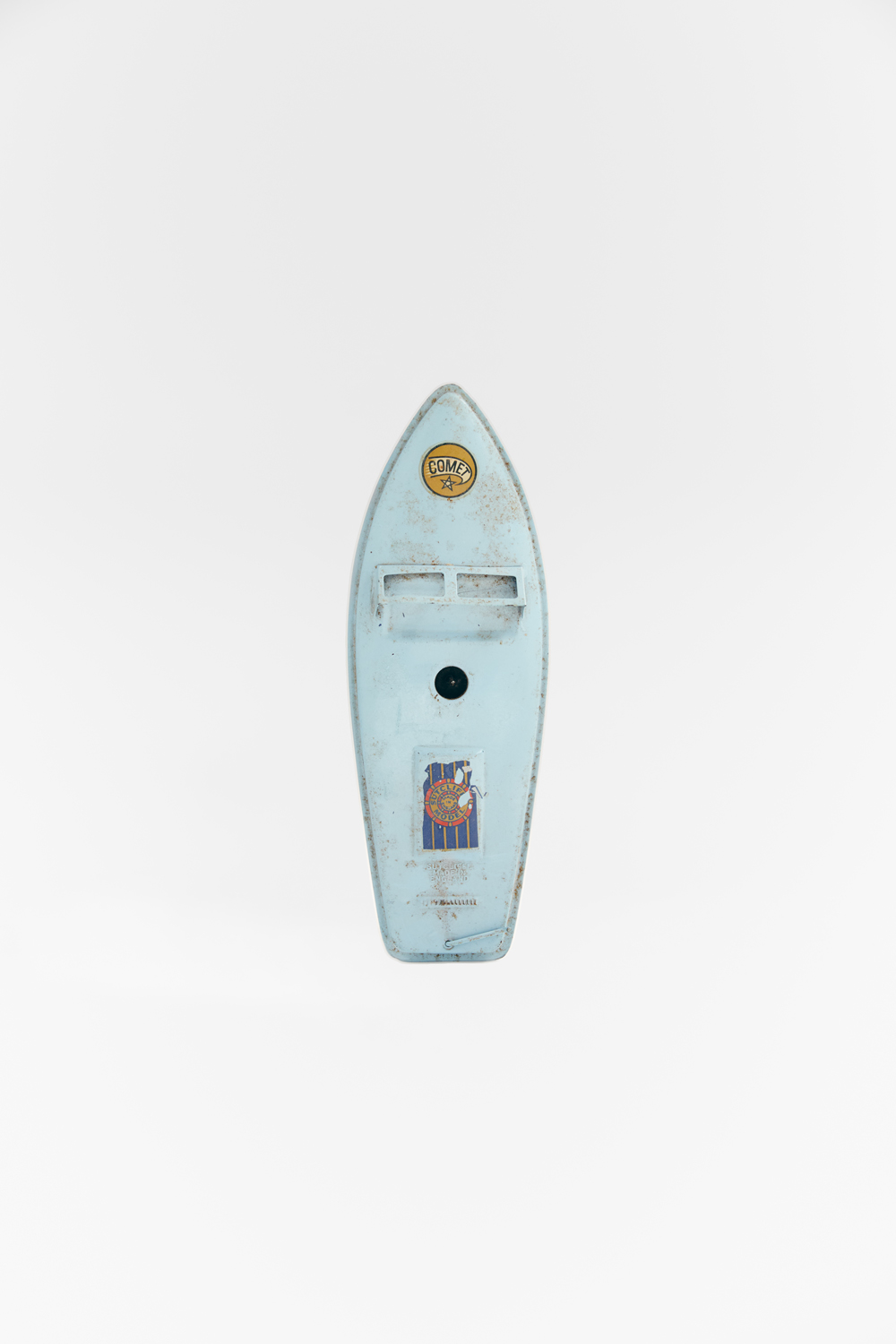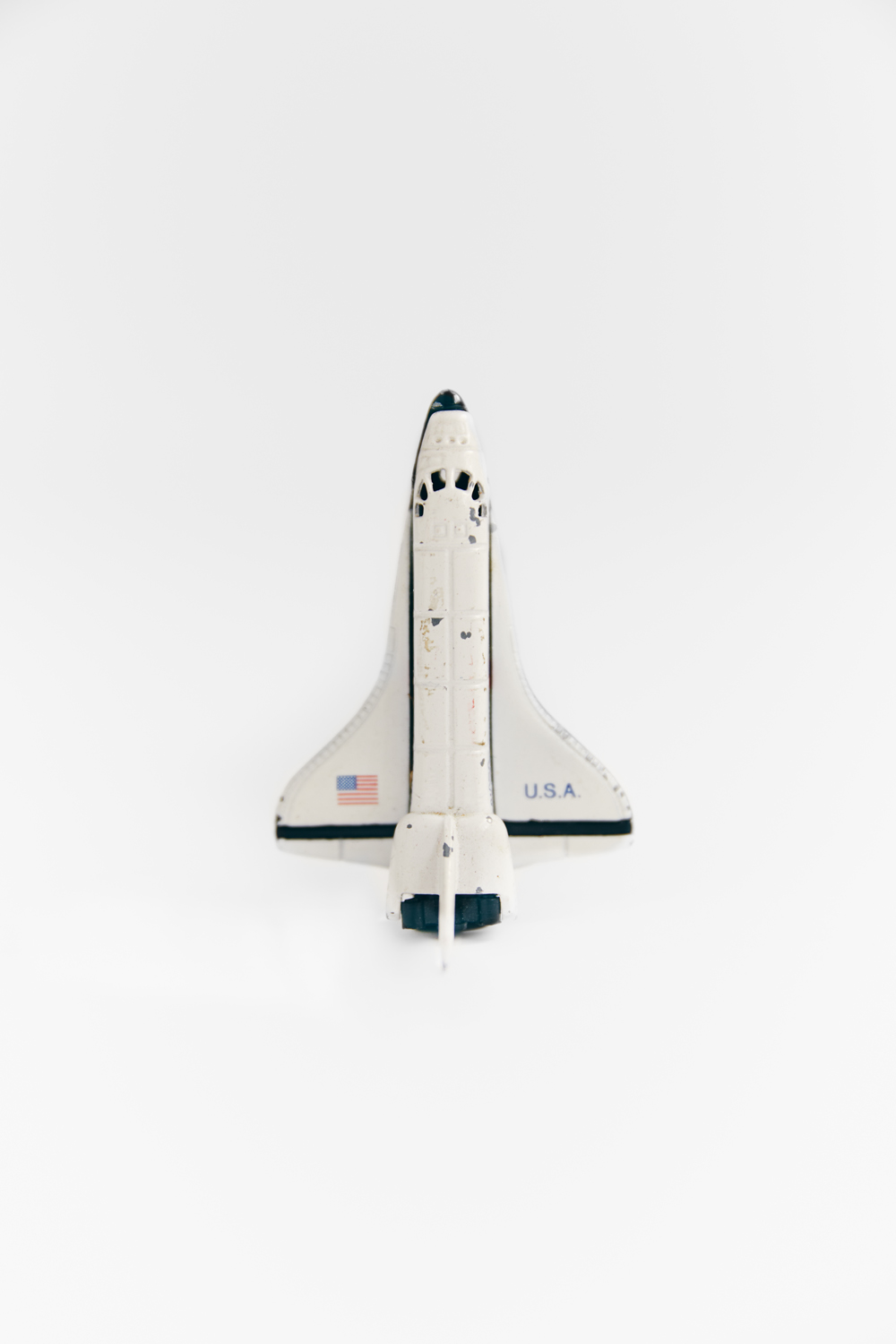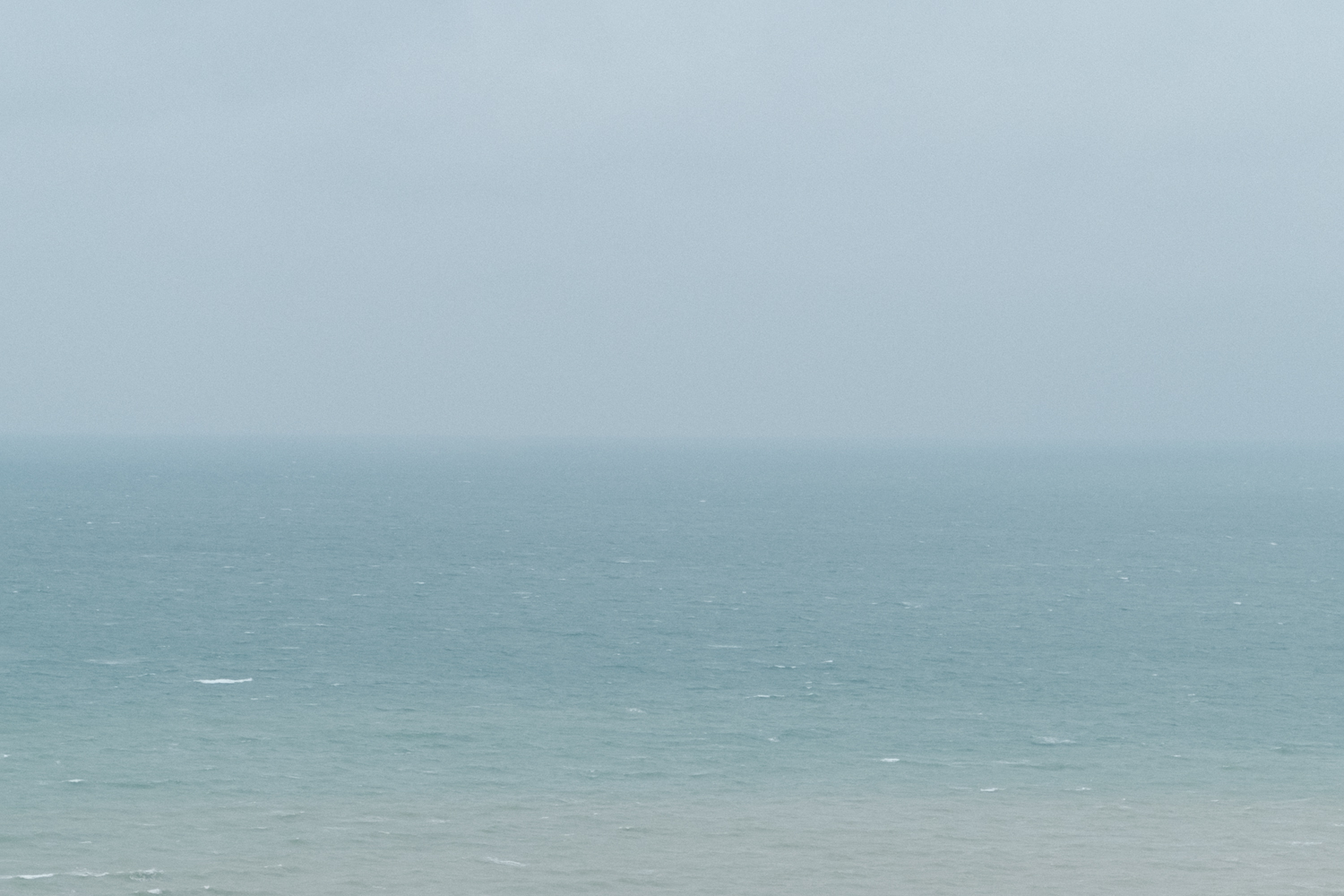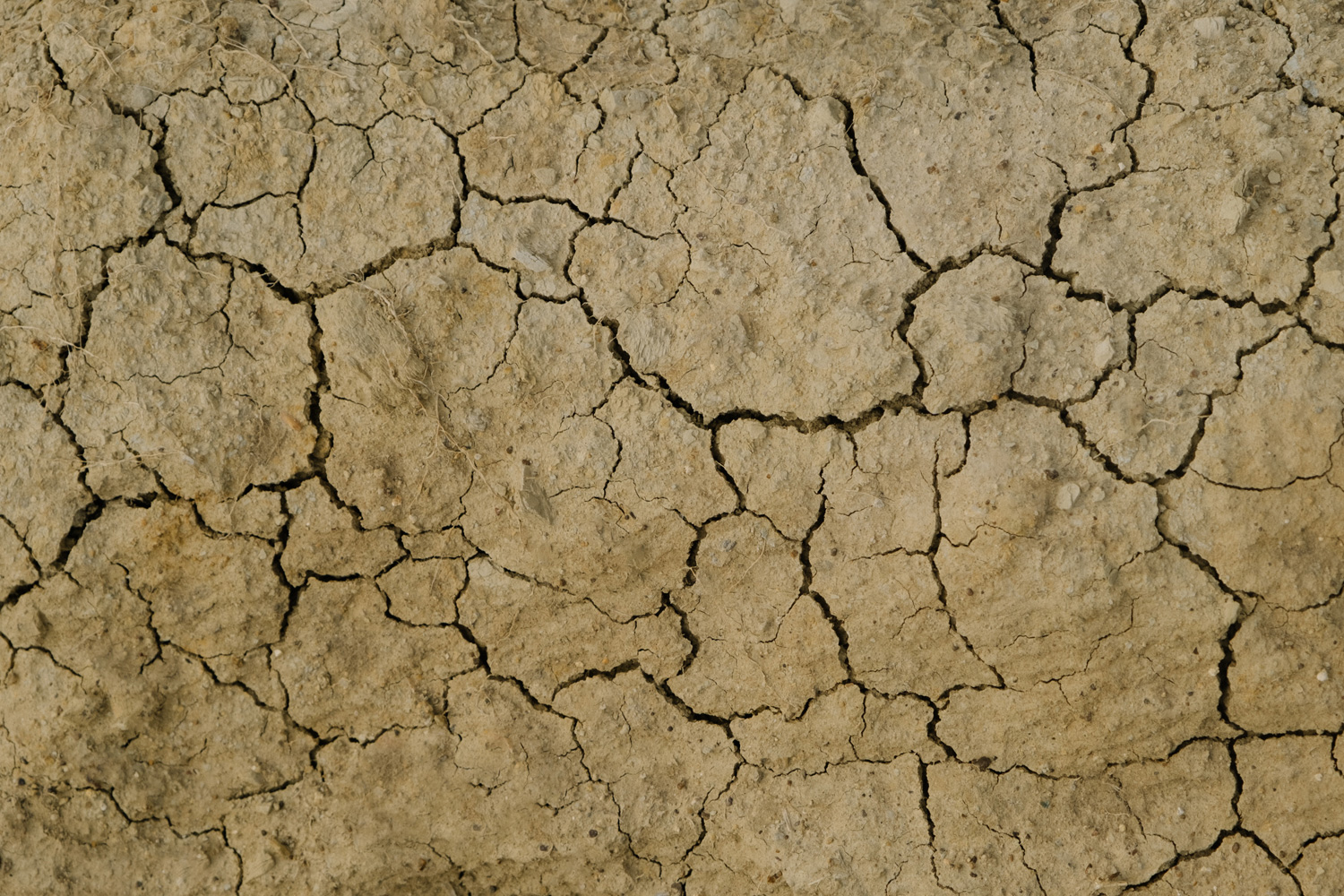This piece is dedicated to the memories of every astronaut and immigrant—every brave traveller who, in their exploration of bodies unknown, lost their lives but emerged as beacons of hope


Part I
You will encounter the spirit of the ambitious traveller in immigrants and astronauts alike. Both, I imagine, are moved to cross vast stretches of the unknown with little more than hope and luck on their side. Perhaps they fancy themselves pioneers of a brighter future for those they leave behind at home. While the nuances within each traveller’s journey is nuanced, what is clear is that when we look to understand how the outside world reveres these travellers, the respect afforded upon the two is disproportionate. Caught up in the written and visual trappings of travel, the onlooker becomes blind. Hope is commodified and dispersed upon those favoured by holders of platform and power. This is a truth that dawned on me when, a few years ago somewhere in middle America, a plump, middle-aged American man was on stage in a humid orchard to give a TED talk about Americans colonising outer space.
I was sat in the audience. It became apparent rather quickly that he wasn’t used to speaking in public, let alone to people. As he settled in, what emerged during his talk about the future of space travel was a religious fervour that no doubt imbued the same types of speeches his forefathers gave as they colonised the very orchard we sat in. It’s just that, today, that orchard was dressed up in a spacesuit. I was disoriented.
The pit stains on the speaker’s shirt revealed themselves when he pointed toward the sky. He didn’t care. He had a case to make: “We’re going to have to think about expansion beyond our own world!” In the name of Virgin Galactic and Amazon’s Blue Origin, he prophesied “an emerging market [to] colonise space.” And, as was done in the past, we Americans can once again “lead the future” in the space race of the twenty-second century.
This plump man’s TED talk about the possibility of us leaving our planet for a new life somewhere in the stars felt like it diminished gravity’s pull in the orchard that night. I’m not sure that people understood his language about alloys, rockets, and robotics—it was a very technical talk. In a nation that some feared had lost its drive following the emergence of COVID, this speech stoked the very fires of nostalgia, and pioneer destiny that first launched a capitalist America into its glory days.
It lifted the crowd above their seats—they were floating. That the prospect of a grand, cosmic, American pilgrimage lay just beyond the horizon out there in the stars—that they could be the Americans their ancestors talked about—earned him a rapturous applause.
…my hands stayed in my pockets. I was not among the crowd by the end of his talk. Exactly when I left remains unclear, but why I left had to do with the effect of plump man’s words—they disoriented me. I found myself alone, seeking grounding somewhere deep off in the orchard away from the crowd. But even with all that space between us, the applause found and then danced around me mockingly like a rendition of “The Star-Spangled Banner” reserved only for psychological thrillers. Eventually, the disconcertment in me silenced and I whispered:
“He sounds like an immigrant.”
…and they loved it. The imagery and themes of his migration story struck a nostalgic chord in the crowd: Pilgrimage on the Mayflower, the economy, American exceptionalism, outer space. Because he dreamt out loud in a familiar context, it was accepted. I struggle to imagine that this same audience would have responded the same way if, instead of an Anglo man talking about space travel, a Mexican immigrant—or somebody whose body, like mine, is more commonly associated with a history of immigration—shared their dreams on the TED stage about coming to America.


That’s when I pictured a utopia. I mean a dystopia. I mean I hoped. I hoped for a NASA whose sole mission was to aid every traveller here on earth. A New Colossus-esque NASA that plucks the tired, poor, dehydrated, and yet still hopeful, bodies from the middle of the deserts and oceans. That swaps the hopeful immigrant’s tattered, sun-torn clothes on their backs for bespoke travel suits—designed by the world’s brightest minds—that make the journey across the Sonora Desert or the Mediterranean Sea nothing more than a two step, like the moonwalk.
That there would no longer be a need for people to hide in the back of blacked-out pick-up trucks or boats, either. That, instead of having their fears and hopes cloaked under the thick of night, every vessel would be lit-up like rocket ships. That the dreamers would feel safe enough to pique their head out the window to take in the scenery of the new world and feel the love from a country that stares back in admiration of such bravery. That news broadcasts around the world would proclaim “Community pioneers brave a new adventure.” That we love them.
To be clear: I seek to villainise neither immigrants nor astronauts. Instead, by situating these two sets of travellers side by-side, yet remain historically separated by factors like context, sociopolitics and media perceptions, we can understand that both sets of travellers are mobilised by aspiration—a hope for something greater—regardless of what they wear, what they look like, who funds them, why they travel, or the constitution of the distance they traverse in search of enlightenment for themselves and those they leave behind. Through the examination of quantitative data, perspective, and experimental adaptations of key moments in popular culture, we can liberate ourselves from being caught up in the optics of travel and come to appreciate the spirit of the ambitious traveller regardless of how their journey occurs.
Rich Traveller | Poor Traveller
Valiant Explorer | Villain Invader
Holy Pilgrim | Treacherous Parasite
Since 2014, the UN’s International Organization on Migration (IOM) has documented over 67,000 known fatalities of migrants crossing into other countries via turbulent migration routes. Conversely, in that same time frame, there were zero astronaut deaths.
Known deaths from migrants worldwide since 2014: 67,457[1] Known deaths from astronauts worldwide since 2014: 0
Time and again, we strap astronauts into rocket seats and hoist them into the danger of worlds unknown… and yet on Earth, a known planet, it’s more hazardous to be an immigrant.


PART II
Perhaps one way to decouple the astronaut and immigrant from their respective stigmas is to rhetorically stitch these distinct bodies together, by starting to look more closely at the stories we tell when these travellers lose their lives. In March 2024, the Missing Migrants Project reported that, since 2014, more than half of the migrants who lose their lives travelling to a new country do so from drowning in the Mediterranean Sea or the bodies of water that surround the United States—namely, the Atlantic Ocean and rivers along the US-Mexico border: “many of whom disappeared in shipwrecks … their bodies were never recovered.”[2] Conversely, and unlike the migrant death, the astronaut death is prepared for even if it never occurs.
In 1969, before Americans knew whether they could call the moon landing a success, President Richard Nixon prepared for the worst. In the event that they never made it back, a speech we’ve come to know as The Safire Memo was drafted:
THE SAFIRE MEMO
Fate has ordained that the men who went to the moon to explore in peace will stay on the moon to rest in peace. These brave men, Neil Armstrong and Edwin Aldrin, know that there is no hope for their recovery. But they also know that there is hope for mankind in their sacrifice. These two men are laying down their lives in mankind’s most noble goal: the search for truth and understanding. They will be mourned by their families and friends; they will be mourned by their nation; they will be mourned by the people of the world; they will be mourned by a Mother Earth that dared send two of her sons into the unknown. In their exploration, they stirred the people of the world to feel as one; in their sacrifice, they bind more tightly the brotherhood of man. In ancient days, men looked at stars and saw their heroes in the constellations. In modern times, we do much the same, but our heroes are epic men of flesh and blood. Others will follow, and surely find their way home. Man’s search will not be denied. But these men were the first, and they will remain the foremost in our hearts. For every human being who looks up at the moon in the nights to come will know that there is some corner of another world that is forever mankind.[3]
THE SAFIRE BALSERO MEMO
Fate has ordained that the men who went to CROSS THE SEA TO START A NEW LIFE will stay IN THE OCEAN to rest in peace. These brave MEN, WOMEN, AND CHILDREN Neil Armstrong and Edwin Aldrin, know that there is no hope for their recovery. But they also know that there is hope for mankind in their sacrifice. These two men are Laying down their lives in mankind’s most noble goal: the search for truth and understanding. They will be mourned by their families and friends; they will be mourned by their nation; they will be mourned by the people of the world; they will be mourned by a Mother Earth that dared send two of her sons HER CHILDREN into the unknown.In their exploration, they stirred THEIR HOMETOWNS TO KNOW THAT A BETTER LIFE IS POSSIBLE; in their sacrifice, they bind more tightly the brotherhood of man. In ancient days, men looked TO THE SEA and saw their heroes in the constellations. In modern times, we do much the same, but our heroes are THEIR DREAMS. Others will follow, and surely find their way TO THEIR NEW home. Man’s search will not be denied. But these men were the first, and they will remain the foremost in our hearts. For every human being who looks TO THE SEA in the nights to come will know that there is some corner of another world that is forever mankind.



PART III
There are at least three groups that we can classify as modern travellers. In no particular order, they are the traveller, the stationary agent, and the public. To further deconstruct the highly contrasted media narratives—at both the rhetorical and visual levels—between astronauts and immigrants, and evolve toward a more universal relationship with them, an exploration of the stationary agent is paramount. The stationary agent, in short, is any person endowed with the authority to shape how the public comes to understand and feel toward, among other things, travellers. The “shaping” done by the stationary agent is enacted through media like photos, video and press articles, to name a few. Recall the Safire Memo. In that instance, Nixon was the stationary agent attempting to influence how we should feel if the astronauts died on the moon.
The Traveller: Astronaut, immigrant.
The Stationary Agent: Some public figure.
The Public: You and I.
This section will focus on the capabilities of the stationary agents. What makes significant their ability to shape public sentiment toward various types of travellers is their ability to role-switch (shapeshifting, change hats, etc.). It is within that role-switching capability that our sentiments toward travellers find bifurcation as they do now through the astronaut and the immigrant.
In other words, it helps to ask oneself: is the stationary agent speaking from the perspective of the traveller, or are they speaking as the land being travelled upon? Let’s examine the rhetoric of Donald Trump:
SPEAKING AS THE TRAVELLER
(EXCERPTS FROM 2020)
“America is a nation defined by its commitment to discovery—to solve mysteries, to chart the unknown, to press the limits, to achieve the fullest expression of life’s potential, and to ensure that America is the nation that always leads the way, and especially in space.
…as our brave American astronauts shake the Earth and blaze a trail of fire and steel into the heavens, we proclaim for all to hear that we have not yet tested the full strength of the American character, and the world has not yet seen the full glory of the American spirit. For our country, for our children, and for humanity’s march into the stars, the best is yet to come.”[4]
Here, the former president speaks as America, the traveller, imbuing the journey with values like discovery, achievement of full potential, and progress. Conversely, when he speaks as the land being travelled upon by travellers, this is how it’s referred to:
TRUMP SPEAKING AS THE LAND BEING TRAVELLED UPON (EXCERPTS FROM 2024)
“The 22-year-old nursing student in Georgia who was barbarically murdered by an illegal alien animal … they’re not humans, they’re animals. This is country-threatening. They have wrecked our country. If we don’t win on November 5, I think our country is going to cease to exist … they’re sending prisoners, murderers, drug dealers, mental patients, terrorists…”[5]
Ultimately, shifts in rhetoric even from the same actor have contributed to narratives and media frames that further entrench the differentiators listed. In addition to former president Donald Trump; J.F.K., former California Governor Pete Wilson, and even NASA have all contributed to the idea that, “When I travel, it’s good. When they travel, it’s bad.”
The stationary agents are not the only ones who have the power to shape the public’s interpretation of travellers. As history shows, for astronauts, it’s mostly been good. For immigrants, at best, our relationship with stationary agents is volatile because of their power. That doesn’t have to be the case. The full restoration toward universal admiration toward any traveller starts with one simple question:
What do you see?